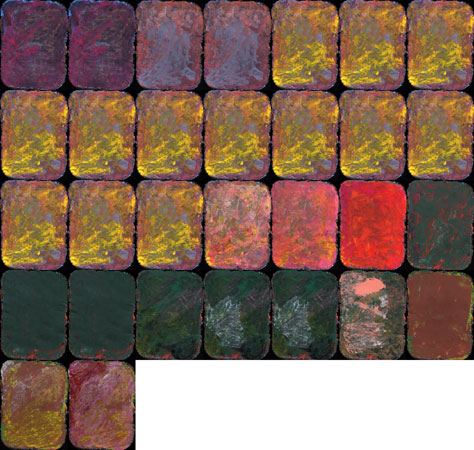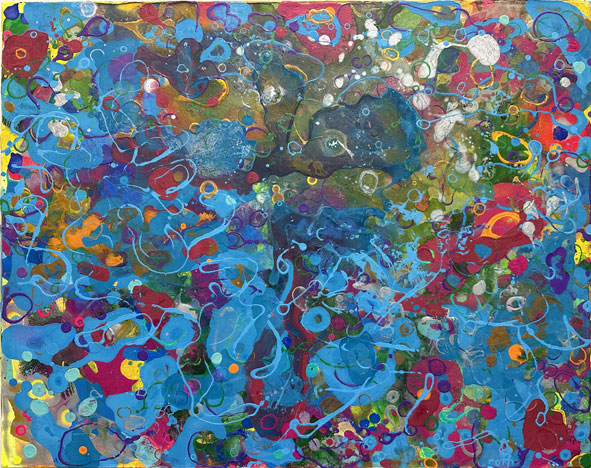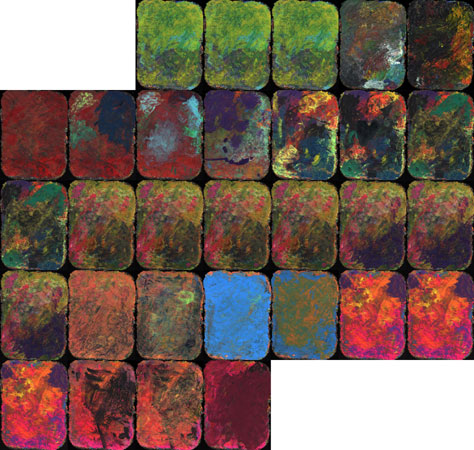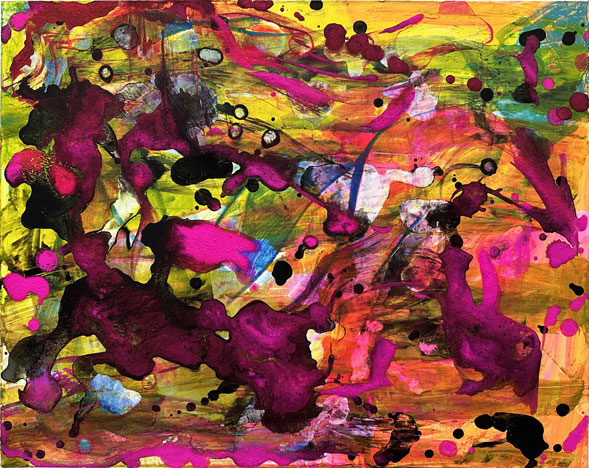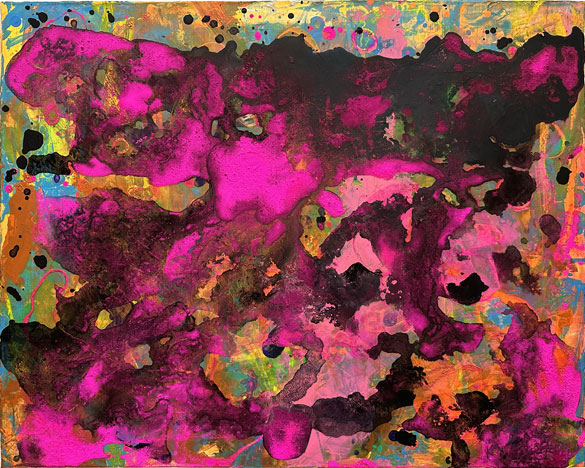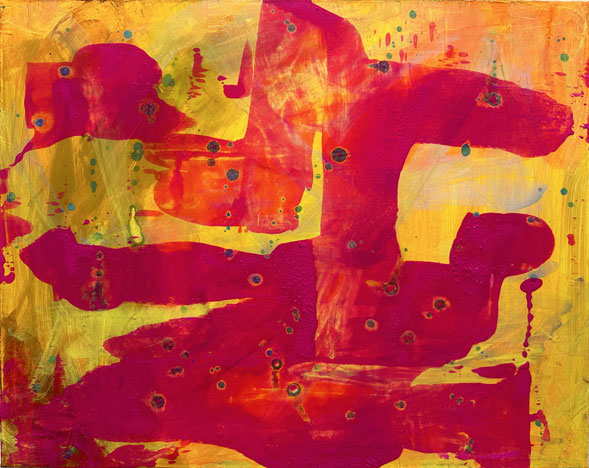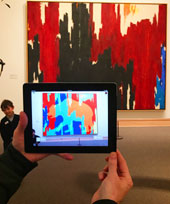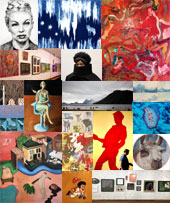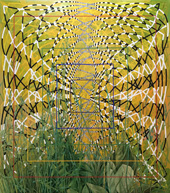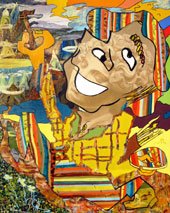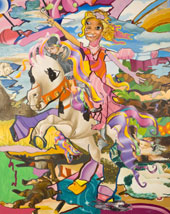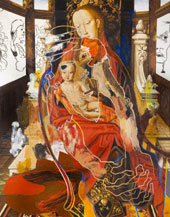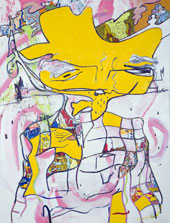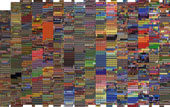July 12, 2025
Unsettling Flows at Adjacent to Life
Adjacent To Life, presents Unsettling Flows by Sam Markwell .
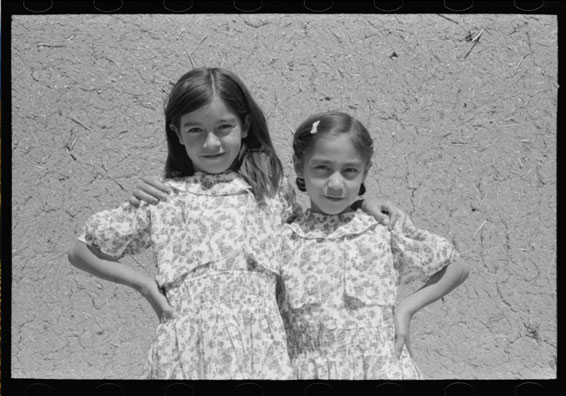
The photographs presented in Unsettling Flows were produced by a handful of temporary employees of New Deal programs in the U.S. Department of Agriculture and Bureau of Indian Affairs during the late 1930s and early 40s.
This was a moment of widespread soil erosion, environmental degradation, and social dispossession amid rising global fascism. It was also a time of lively experimentation by tribal leaders, white reformers and settler farmers who looked to revive old—and forge new—ways of living in mutually beneficial relationships with each other and the land. Since the 1940s security has taken on an increasingly militarized meaning, but the images here reflect a more expansive view of social and ecological security envisioned in the context of the New Deal.
These photographs are curated in the spirit of Walter Benjamin’s theory of historical images, which he developed in writings from the 1920s through his death in 1940. For Benjamin, the space between the now of the present viewer and the then of the past photograph is not a distance that separates. Rather, it is an “interval of reflection” charged with the intensity of possible connections between past, present and future.
•
Note: These images are held by the U.S. National Archives and Records Administration as part of the public domain, and they can be reproduced without special permission. Images of Native American tribal lands and citizens were submitted to tribal government offices of the relevant Pueblo Indian tribal nations, all of which were determined to be fit for reproduction and display.
•
Unsettling Flows is on view through August 8, 2025 at the Adjacent To Life gallery housed in Ninth Street Espresso (341 E. 10th Street at Ave B, New York City). Artist's reception: Wednesday, July 16, 6:30 - 8:30 pm.
July 01, 2025
June 01, 2025
May 21, 2025
May 17, 2025
Small Works at Adjacent to Life
Adjacent To Life, presents Small Works by Peter Stankiewicz .

Leon Brown writes:
Artist Peter Stankiewicz returns with his latest selection of sculptures completed between January 2020 and April 2025.
Stankiewicz states: "What you see here are the results in a long process of refinement. The arrangement is a grammar of sculpture, presenting a versatile and harmonious set of possibilities. But don’t believe everything you read."
Utilizing plastic as a foundational element, Stankiewicz forms these pieces and meticulously layers airbrushed acrylic paint, embedding them within the grounding presence of cement. While this description offers a glimpse into his process, it only begins to suggest the attention to detail showing through subtle shifts in color, texture, and a precision of construction that rewards intimate viewing.
Each work is a manifestation of witness, wind, rain and sunlight, forms existing like epochs of time, interwoven but never touching. Human frailty and transience revealed to us through rust, shape and space. Approach these sculptures closely, linger and allow the layers of color and the exactingness of Stankiewicz's execution to present.

Small Works is on view through June 13, 2025 at the Adjacent To Life gallery housed in Ninth Street Espresso (341 E. 10th Street at Ave B, New York City). Artist's reception: Saturday, May 18, 7:00 - 9:00 pm.
May 03, 2025
Above the Fold, 1998
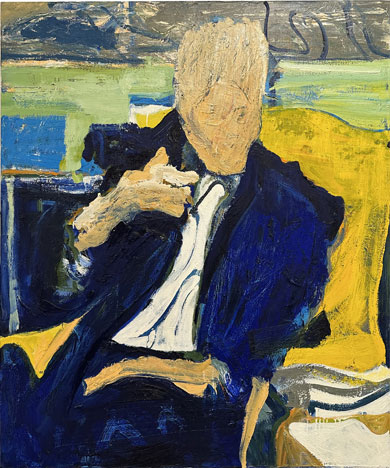
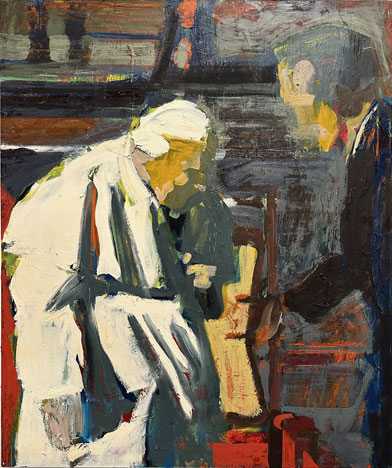
Two paintings from a (still to be fully realized, perhaps) series based on front page photographs from the New York Times.
May 01, 2025
April 30, 2025
April 29, 2025
April 28, 2025
San Francisco, 1993-96
Paintings from when I lived and walked in San Francisco.
April 25, 2025
Pop Stoppage: howsomever_#425
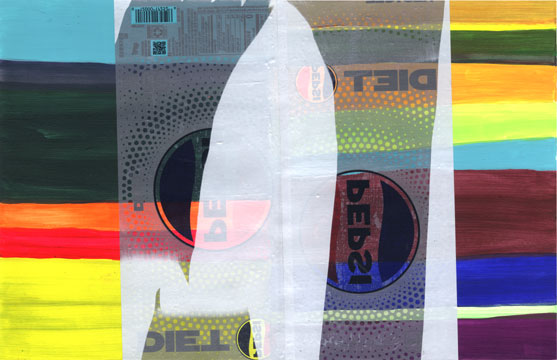
April 19, 2025
Fragments of Light at Adjacent to Life
Adjacent To Life, presents Fragments of Light by Sandy Van Iderstine.
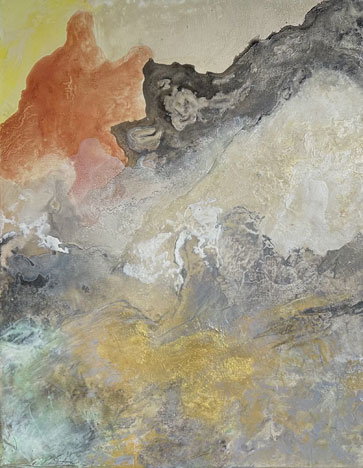
Leon Brown writes:
Sandy Van Iderstine brings us her most recent collection. Created in her New York and Toronto studios, these paintings represent 2024 and 2025 to date.
The genesis of these works can be found in palette shavings retrieved from the painting process. Van Iderstine collects, archives and considers these palette skins.
This studio ephemera – these relics of creative activity - are then revivified as the material basis for her new paintings. They serve as both starting point and through line for the delectation of painting as a cumulative endeavor and the natural world as the undergirding source of sustenance.
The artist states, “My work invites the viewer to explore a unique interplay of shapes, colours, transparencies and textures to create a dynamic and engaging visual experience.”
These paintings invite us into spaces far bigger than the form in which they are contained. Van Iderstine’s attention to detail - every square inch is meditated upon in order to illuminate the whole – eschews artifacts, providing us with an immersive adventure, peering through flora and circumnavigating clouds on a wave of iridescence.
With precision and natural depth Van Iderstine provokes thoughts of Constable and Turner, up close and candid.
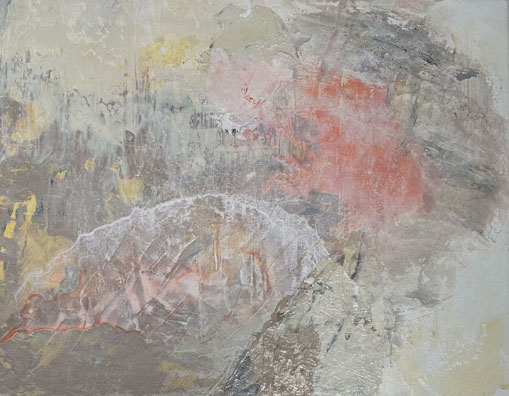
Fragments of Light is on view through May 16, 2025 at the Adjacent To Life gallery housed in Ninth Street Espresso (341 E. 10th Street at Ave B, New York City). Artist's reception: Saturday, April 19, 7:00 - 9:00 pm.

